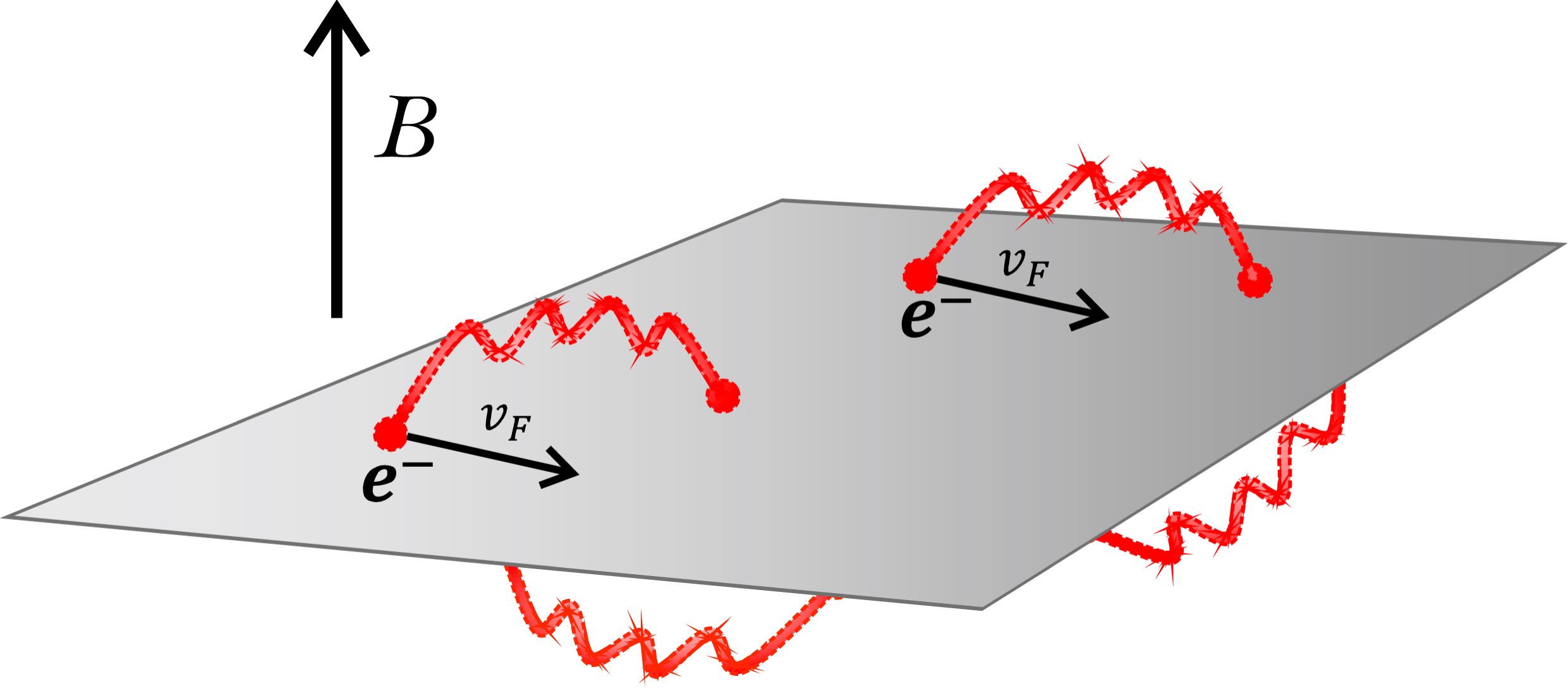EPJ B Highlight - Tortoise electrons trying to catch up with hare photons give graphene its conductivity
- Details
- Published on 14 December 2016

Collective electron interaction, mediated by photons across space-time under a weak magnetic field, explains the special conductivity of the one-atom-thick material
How electrons interact with other electrons at quantum scale in graphene affects how quickly they travel in the material, leading to its high conductivity. Now, Natália Menezes and Cristiane Morais Smith from the Centre for Extreme Matter and Emergent Phenomena at Utrecht University, the Netherlands, and a Brazilian colleague, Van Sergio Alves, have developed a model attributing the greater conductivity in graphene to the accelerating effect of electrons interacting with photons under a weak magnetic field. Their findings have been published in EPJ B.
Due to the honeycomb-lattice structure of the one-layer-thick carbon-atom material, the energy of the electrons varies in keeping with their speed. If we had to picture the spectrum of electrons’ speed, it would resemble a cone. The slope of the cone is the electron speed, which is three hundred times smaller than the speed of light.
In this study, physicists have devised a way of testing what happens when electrons interact with each other. To do so, they used pseudo-quantum electrodynamics (PQED), a theory that effective describes the interaction between electrons mediated by photons existing in different space-time dimensions. While the electrons are limited to propagating on a plane, the photons are free to move in 3D space.
As part of the study, the authors also took into account a weak magnetic field perpendicular to the graphene plane. They then used two different methods to examine its trending effect on the way the energy of electrons is spread around the vertex of the cone. The surprising finding is that electrons have a tendency to increase their velocity towards that of the photons, which travel at the speed of light. And the weak magnetic field does not change this trend. Therefore, the electrons’ collective behaviour, which is linked to conductivity, remains the same as in the absence of a weak field.
N. Menezes, V. S. Alves, C. Morais Smith (2016), The influence of a weak magnetic field in the Renormalization-Group functions of (2+1)-dimensional Dirac systems, Eur. Phys. J. B 89:271, DOI: 10.1140/epjb/e2016-70606-4




